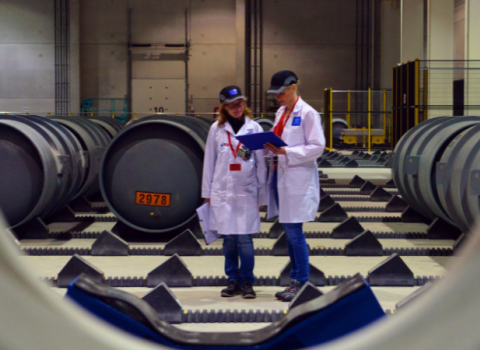Investment opportunity
Researchers at the Centre for Gallium Arsenide at Cambridge University have developed a new way of making the semiconductor that will open up its use in a number of application areas, including the manufacture of light emitting diodes (LEDS).
Gallium Nitride (GaN), a man-made semiconductor used to make LEDs, emits brilliant light and uses very little electricity. But until now high production costs have made GaN lighting too expensive for widespread use.
The Centre for Gallium Nitride says its new way of making GaN could produce LEDs for a tenth of current prices. Rather that growing the semiconductor on expensive sapphire wafers it can now be grown on silicon wafers.
It is claimed that using GaN LED lights in every home and office could cut the proportion of UK electricity used for lighting from 20 per cent to 5 per cent.
A GaN LED can burn for 100,000 hours and unlike currently available energy-saving bulbs, GaN LEDs do not contain mercury. They also have the advantage of turning on instantly and being dimmable.
Colin Humphreys, lead scientist on the project said, “We are very close to achieving highly efficient, low cost white LEDs that can take the place of both traditional and currently available low energy light bulbs.





 A unique international forum for public research organisations and companies to connect their external engagement with strategic interests around their R&D system.
A unique international forum for public research organisations and companies to connect their external engagement with strategic interests around their R&D system.